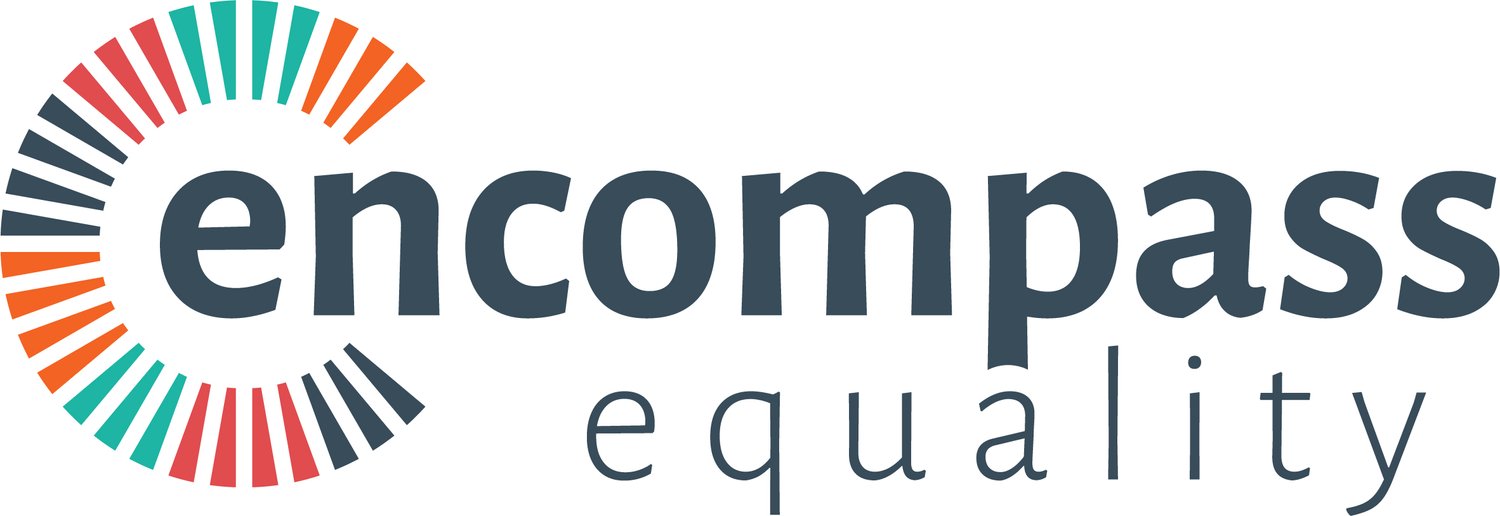Why are women under-reporting how likely they are to leave?
When collating data on female retention, have we overlooked a breakdown in trust between female employees and their employers? How does age and motherhood impact why women under-report how likely they are to leave?
What’s up with the data?
Something’s been bugging me ever since I first set to work analysing the data from our “Why Women Leave” survey: Despite clear assurances of anonymity, women who came to the survey via a link sent to them by their employer reported being much less likely to leave than those who came to it having received the link directly from us, either on social media or in a newsletter.
We’re talking about a big difference here: those who came via their employer (let’s call them the “employer” group) said they were 36% likely to leave, while those who didn’t (let’s call them the “direct” group) were 53% likely to leave. Clearly, those assurances of anonymity weren’t completely trusted.
That seemed like the end of the story. But then I looked at the male data: Men who came via their employer said they were 39% likely to leave, while those who didn’t were 43% likely to leave. A much, much smaller difference. In fact, the uplift between the two groups of men was 10%, compared to 47% between the two groups of women.
Trust, motherhood and leaving
All of a sudden this turned into a story about women being much less likely than men to trust their employer. Or us. Let’s leave us out of the story for the moment though, partly because it seems less likely to be the underlying cause, and partly because it could quickly become a story about GDPR, at which point (with our reassurances about how seriously we take data protection ringing in your ears) you’d all fall asleep.
So, I started digging around in the female data to see if I could spot where the difference between the two groups was the greatest. That would tell me where the mistrust was at its most acute. The results were interesting. Having children had a bearing on things: The uplift between the two groups among women without children was 32%, while among those with one child it was 46% (two children - 40%; three children - 45%). In other words, having children appears to make women less likely than those with no children to trust their employer enough to be honest about how likely they are to leave.
The relationship between age and trust
Age, however, proved to be a much more significant predictor of the level of mistrust: Among women aged 25-29, the uplift between the two groups (employer and direct) was 26%, and that number kept rising as women got older until, among women aged 50-54, it hit 65%. That’s a huge difference. To translate that back into real terms, women aged 50-54 who answered the survey having been sent the link to it by their employer told us that the chances of them leaving their employer were 36% (slightly lower than average), while those who came to the survey directly said they were 59% likely to leave.
A culture of open communication
So what should you do about this? I think it emphasises the need to ensure that a dialogue with female employees is established as early as possible in their careers in order to avoid a gradual gap opening up between what they say and what they think. This should take the form of a regular and ongoing conversation in which it becomes normal and unthreatening for women to talk openly about their relationship with work. Creating a culture of psychological safety, regularly checking in with employees and being open to and committed to meeting their needs, can help build a loyal, engaged and fulfilled workforce. Stay interviews are a good method for having this check-in, but whatever form it takes, the key is to start the conversation early and keep it going. If as an employer you don’t really understand the reasons your talent wants to leave, you’re unlikely to be able to do anything to help them stay. Don’t let the delta develop!
If you’d like to learn more about stay interviews, how to support and facilitate those open and honest conversations and turn them into actionable steps, we’d love to hear from you.

